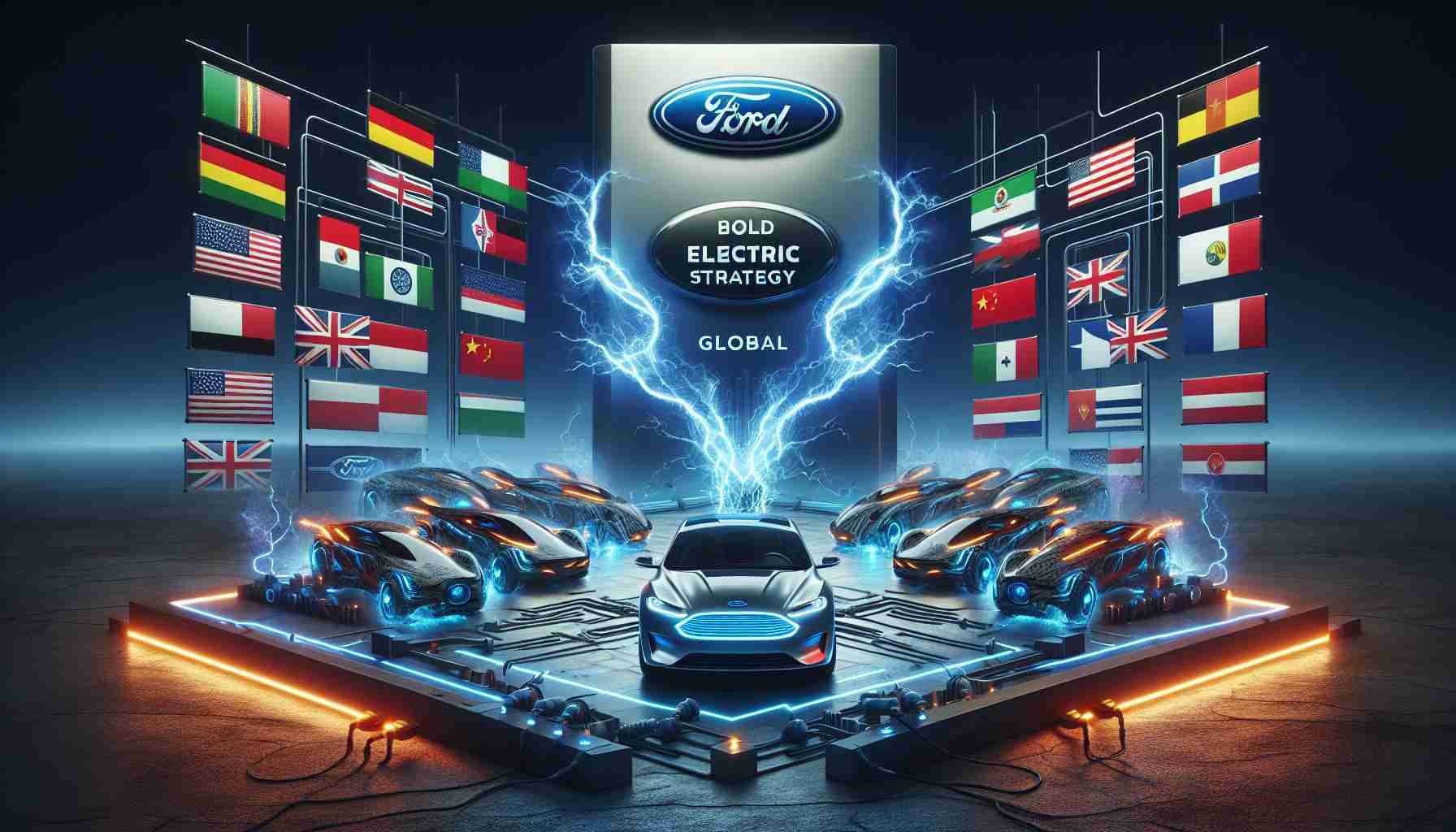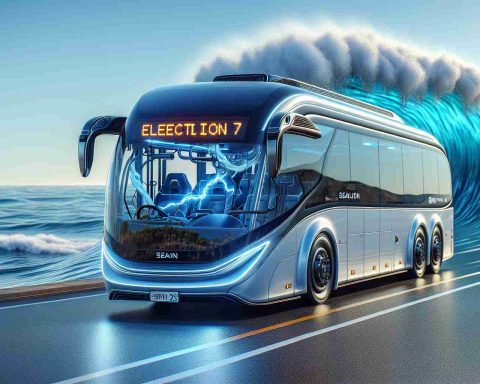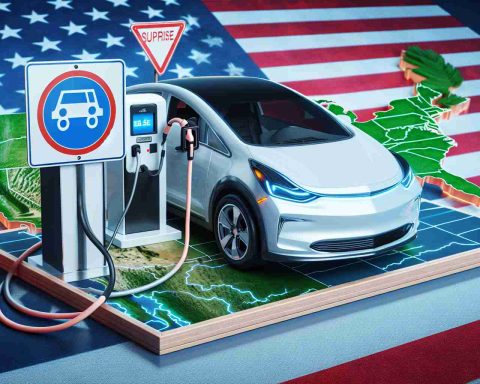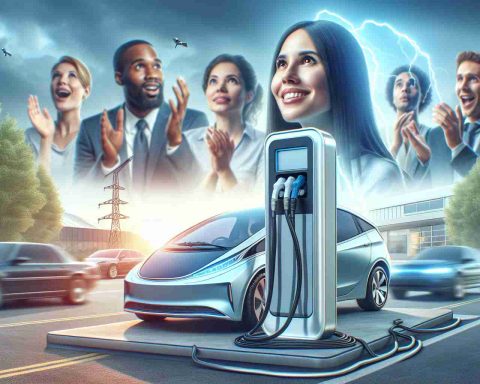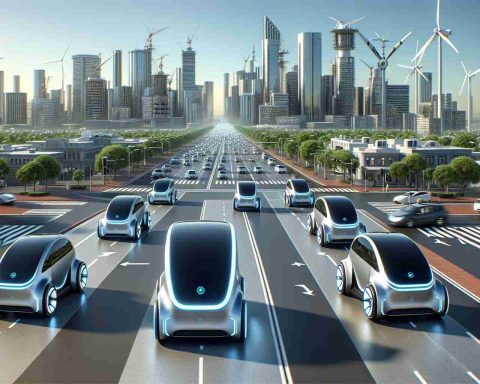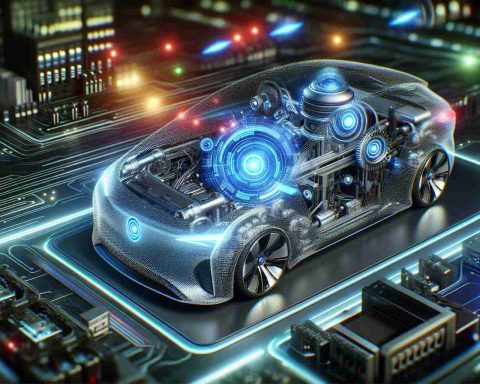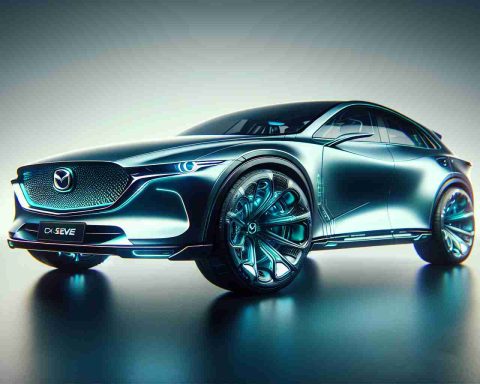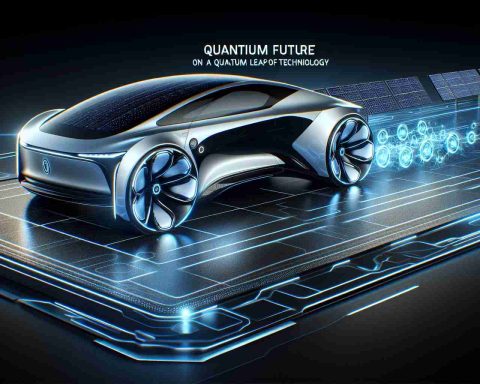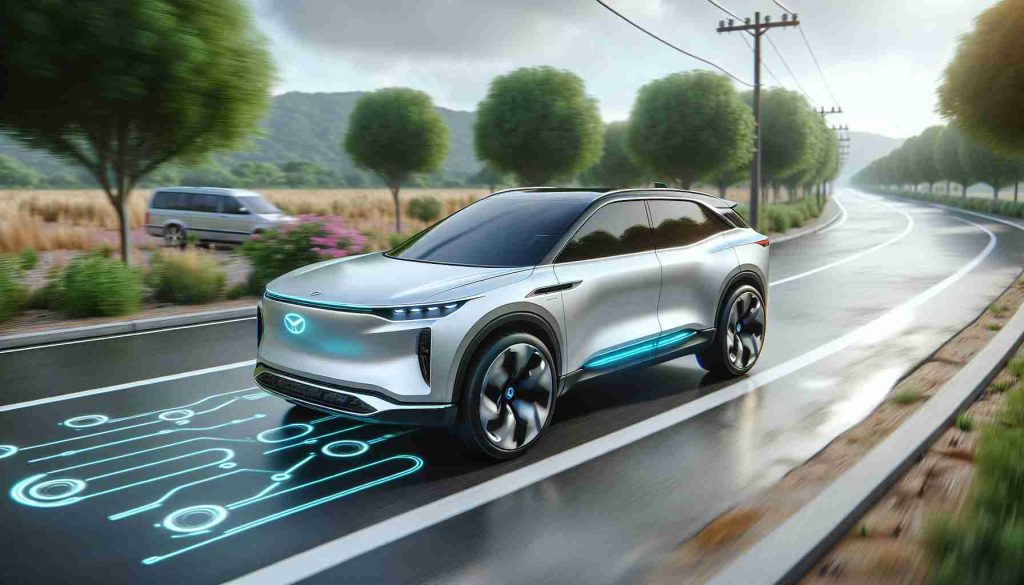- Ford plans to strengthen its EV market presence despite reporting a significant $5.1 billion loss in its EV division.
- CEO Jim Farley expresses optimism about overcoming challenges posed by competitors, particularly from China.
- Despite a revenue of $48.2 billion, the Model e division faces another projected loss of up to $5.5 billion in 2025.
- Collaborating with government leaders is deemed essential for securing a fair competitive landscape.
- Ford is launching new models like the Electric Puma and Explorer in Europe to enhance its global footprint.
- An innovative low-cost electric platform is in the works, targeting a 2027 debut to improve competitiveness.
In the face of fierce competition and daunting financial losses, Ford is doubling down on its electric vehicle (EV) ambitions! After revealing a staggering $5.1 billion loss in its EV division last year, the company’s CEO, Jim Farley, remains fiercely optimistic about its future. Despite new tariffs and a tightening market, he asserts that Ford is ready to take on formidable rivals, particularly from China.
The fourth quarter of 2024 brought mixed news for the automotive giant. While Ford’s overall revenue hit $48.2 billion, the Model e division reported a staggering $1.4 billion loss. Looking ahead, a barrage of challenges looms as Ford braces for another projected loss of up to $5.5 billion in 2025 due to escalating pricing pressures and its battle against Chinese EV makers, which Farley describes as an “existential threat.”
Amidst these challenges, Ford is not shrinking away from the fight. The CEO emphasized the need for collaboration with government leaders to ensure a robust auto industry, stressing the importance of leveling the playing field against foreign competition. With new models like the Electric Puma and Explorer debuting in Europe, Ford aims to strengthen its global presence.
As the EV landscape evolves, Ford is banking on innovation and competitive pricing, with a new low-cost electric platform in development, set to debut as early as 2027. The takeaway? Ford’s commitment to electrification is unwavering, and it’s gearing up for the showdown ahead. Will their strategy pay off in a rapidly shifting market? Only time will tell!
Ford’s EV Future: Challenges and Innovations Ahead!
## Overview of Ford’s Current EV Landscape
Ford is currently navigating through turbulent times in the electric vehicle (EV) segment, characterized by substantial financial losses and fierce market competition. Even with a reported $5.1 billion loss in the EV sector last year, CEO Jim Farley has expressed a deep commitment to Ford’s electrification strategy. This article explores Ford’s innovations, market forecasts, and strategies to combat emerging challenges in the EV landscape.
Key Innovations and Features
– Low-Cost Electric Platform: A new electric platform is in development, aimed at significantly reducing production costs while enhancing vehicle performance. This platform is slated for release as early as 2027, allowing Ford to remain competitive amid rising EV costs and market pressures.
– New Electric Models: Ford is set to introduce the Electric Puma and Explorer in Europe, showcasing its commitment to expanding its EV lineup. The company aims to cater to diverse consumer needs, enhancing its appeal in a crowded market.
Market Forecasts and Trends
– Despite the challenges, Ford is optimistic about the long-term demand for EVs, predicting significant growth in the electric vehicle market as consumer awareness and government regulations shift in favor of sustainable transportation.
– The global market for electric vehicles is projected to continue expanding, with estimates suggesting that EV sales may account for over 50% of new car purchases by 2030.
Limitations and Challenges
– Financial Losses: Recent predictions indicate that Ford could face an additional loss of up to $5.5 billion in 2025 due to intense pricing strategies and competition, particularly from Chinese manufacturers.
– Market Pressure: The competition posed by Chinese EV makers is not just financial but also technological. Their advancements in battery technology and affordability present a significant hurdle for Ford’s market share.
Pros and Cons of Ford’s EV Strategy
# Pros:
– Investment in innovative technologies will potentially improve efficiency and lower production costs.
– Diversification of the vehicle lineup with new models like the Electric Puma and Explorer may attract more customers.
# Cons:
– The substantial financial losses could strain resources and hinder development timelines.
– Increased tariffs and competition could impact profit margins further.
Security Aspects
– Ford is focusing on cybersecurity measures to protect their electric vehicle systems from potential hacking threats, ensuring customer confidence in their products.
—
Frequently Asked Questions
1. What are Ford’s main competitors in the EV market?
Ford’s primary competitors include Tesla, General Motors, and rapid-growing Chinese manufacturers like BYD and NIO. These companies are pushing aggressive EV strategies, making it challenging for traditional automakers like Ford to maintain market share.
2. How does Ford plan to handle increasing competition from Chinese EV makers?
Ford is working on enhancing collaborations with government regulations to create a fair market environment. Additionally, they are innovating in technology and pricing strategies to remain competitive.
3. What innovations are shaping the future of Ford’s electric vehicles?
Ford is developing a low-cost electric platform and introducing new EV models tailored for consumer preferences, which signifies a strategic pivot towards more accessible and varied electric options.
For additional insights into the future of Ford and its competitive landscape, visit Ford’s website.
